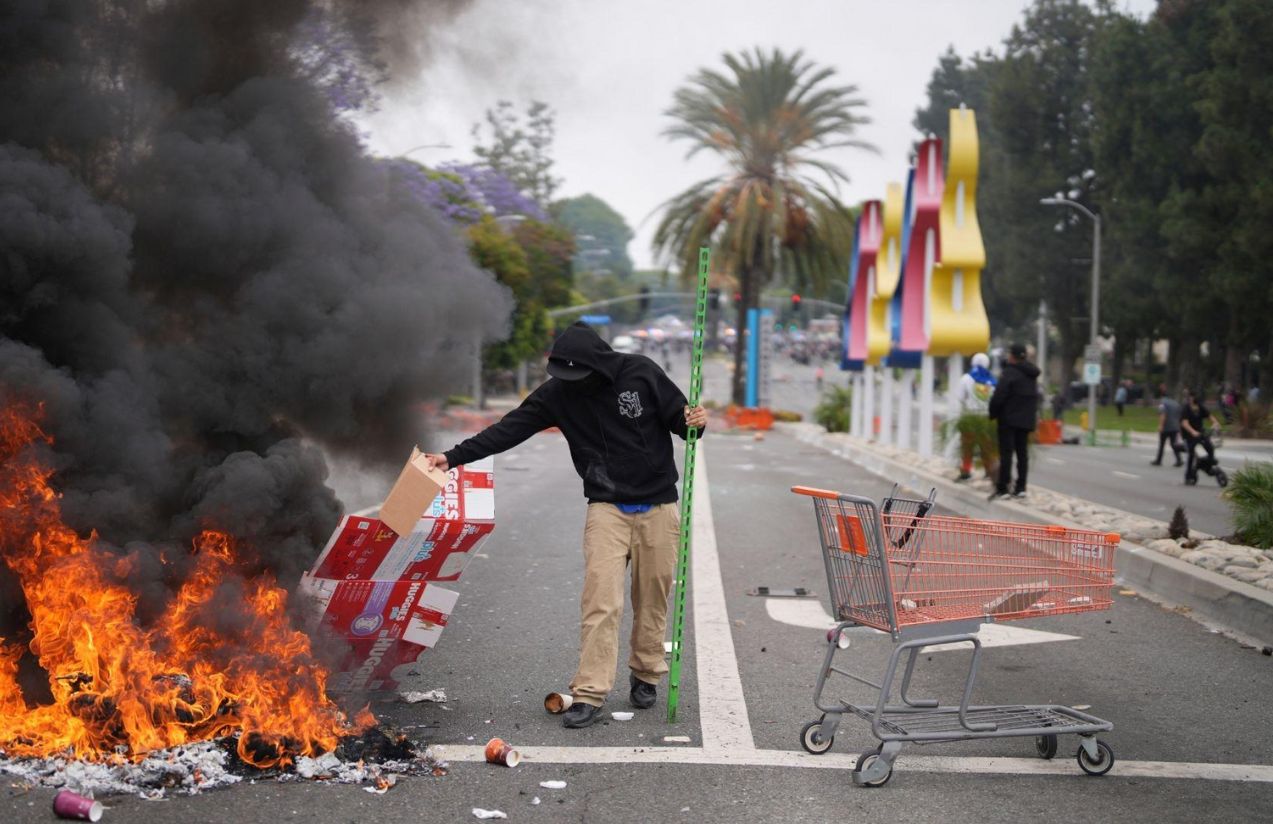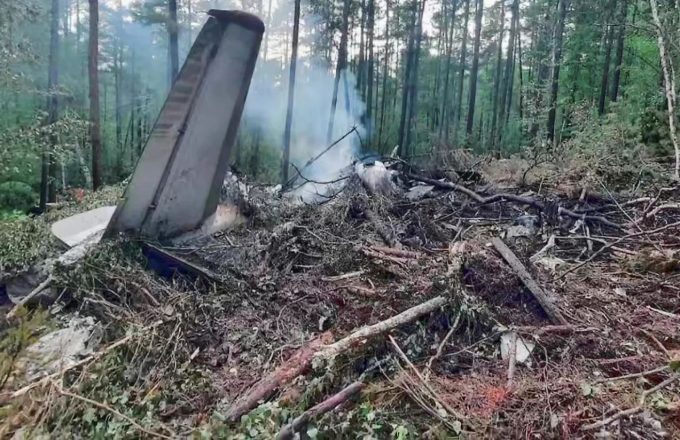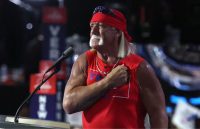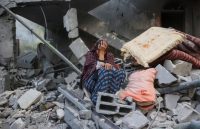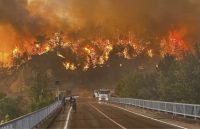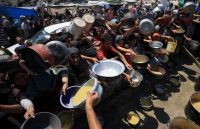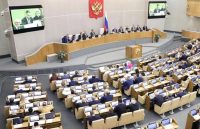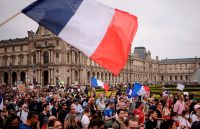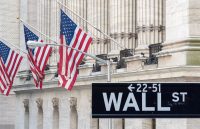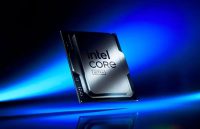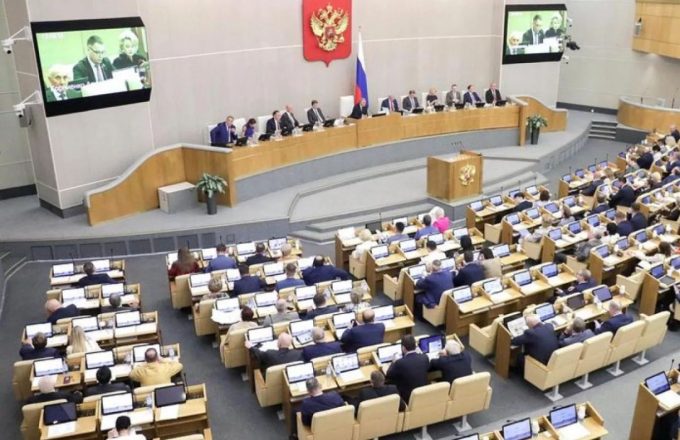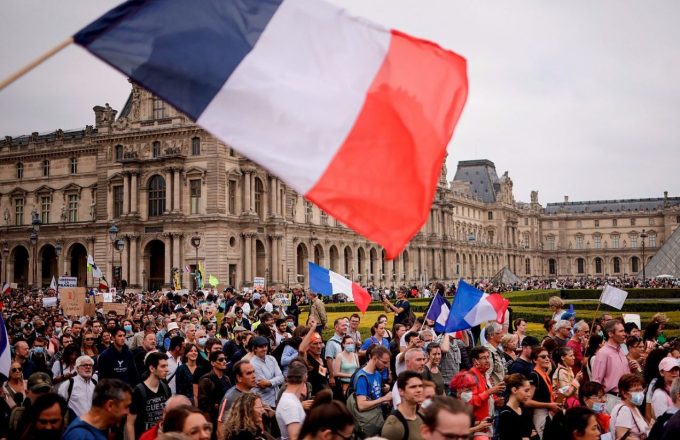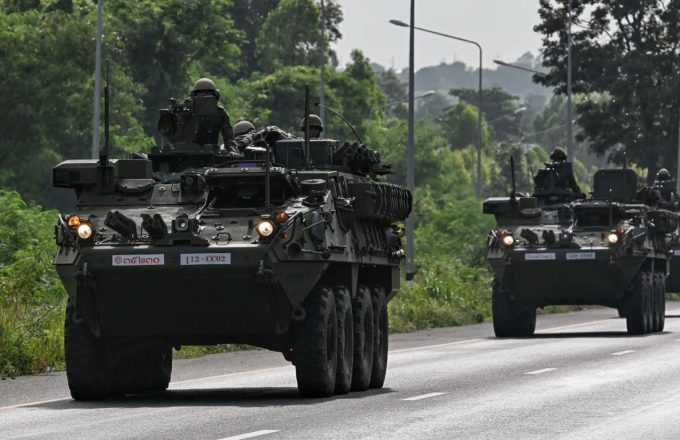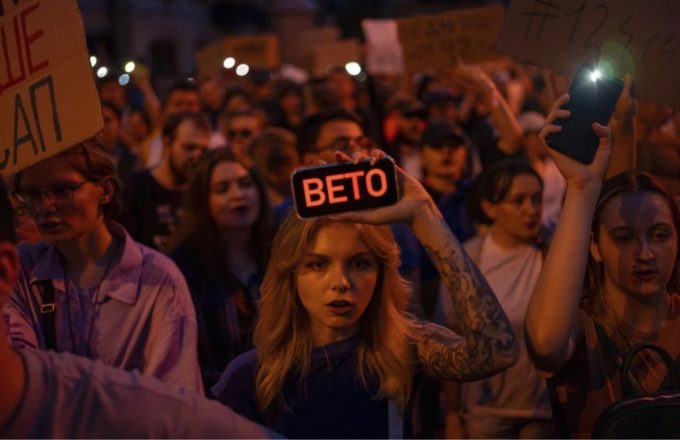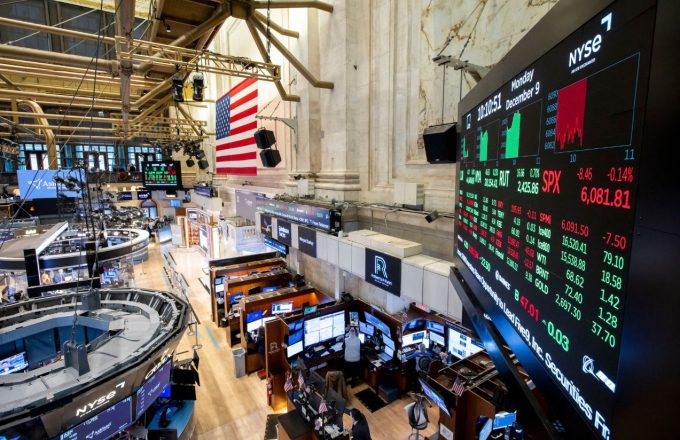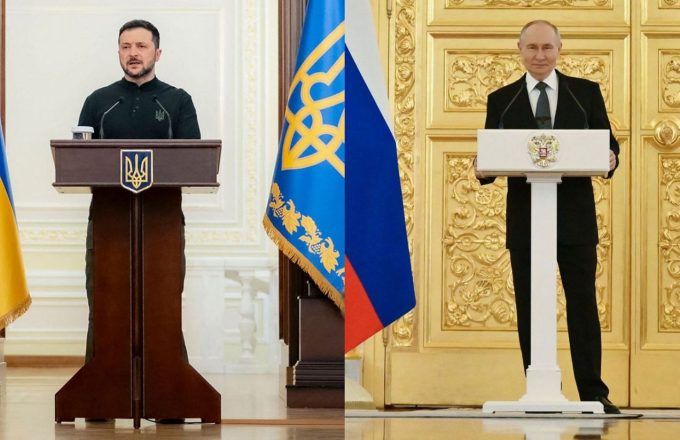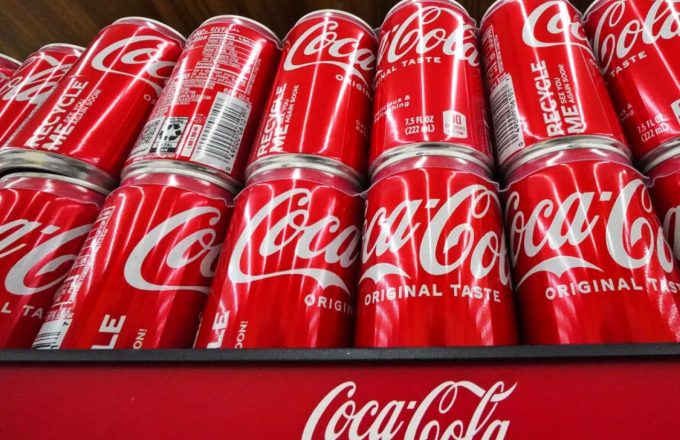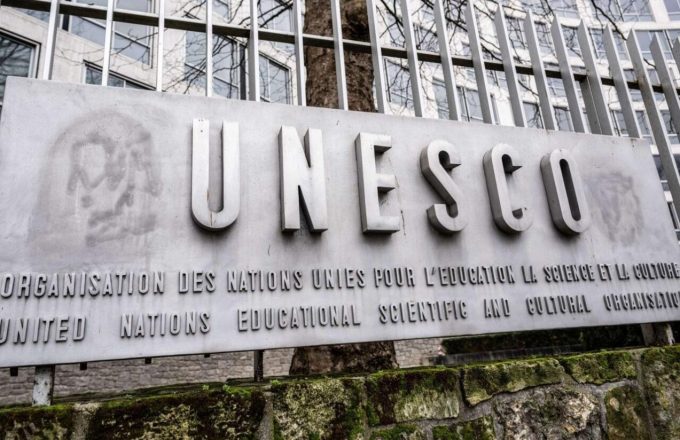Los Angeles police swiftly enforced a curfew in the city’s downtown area Tuesday night, arresting protesters just minutes after it went into effect. Authorities deployed mounted officers and fired crowd-control projectiles to disperse hundreds of demonstrators rallying against President Donald Trump’s immigration crackdown.
Members of the National Guard stood behind plastic shields, maintaining a watchful presence but not directly participating in arrests. By late evening, most protesters had dispersed, leaving only minor clashes—significantly smaller in scale than on previous nights.
Officials said the curfew—covering a one-square-mile area in the heart of downtown Los Angeles—was aimed at preventing vandalism and looting by agitators exploiting the demonstrations. The measure was enacted after five consecutive days of unrest and will remain in effect through at least Wednesday morning.
“We’ve reached a tipping point,” said Mayor Karen Bass during a press conference, noting that 23 businesses had been looted. The curfew does not apply to residents of the designated area, unhoused individuals, accredited media, or emergency and public safety personnel, according to LAPD Chief Jim McDonnell.
McDonnell reported 197 arrests on Tuesday, including 67 people detained for unlawfully occupying the 101 Freeway. While most arrests were for failing to disperse, charges also included assault with a deadly weapon, looting, vandalism, and attempted murder for throwing a Molotov cocktail. Seven officers were injured, with two hospitalized and later released.
Protests erupted on Friday following federal immigration raids at local workplaces, which led to dozens of arrests. Over the weekend, demonstrations escalated as protesters blocked highways and set vehicles ablaze. Police responded with tear gas, rubber bullets, and stun grenades.
California Governor Gavin Newsom sharply criticized the federal response, accusing Trump of casting a “military dragnet” over the nation’s second-largest city. Although the National Guard was initially deployed to protect federal buildings, some troops have since begun assisting immigration agents during arrests—a move that prompted Newsom to file an emergency court petition to halt the collaboration, warning it could inflame tensions. A hearing is scheduled for Thursday.
Trump has activated over 4,000 National Guard members and 700 Marines, despite objections from local and state officials. He has also left open the possibility of invoking the Insurrection Act—a drastic measure that would allow the deployment of active-duty military forces within U.S. borders to quell civil unrest or enforce federal law.
Demonstrations have spread to other cities across the country, including Dallas, Austin, Chicago, and New York, where about 1,000 people gathered and multiple arrests were made. In Texas, the National Guard remains “on standby” in areas expecting further protests, according to Governor Greg Abbott’s spokesperson Andrew Mahaleris. Guard troops were also deployed in San Antonio, although local authorities have not disclosed how many or provided details about their role.
Meanwhile, immigration enforcement operations continue across Los Angeles. City officials and community groups have reported ICE activity at libraries, car washes, and Home Depot stores. In response, some school graduation ceremonies have increased security and are offering livestream options for families concerned about a possible ICE presence.


